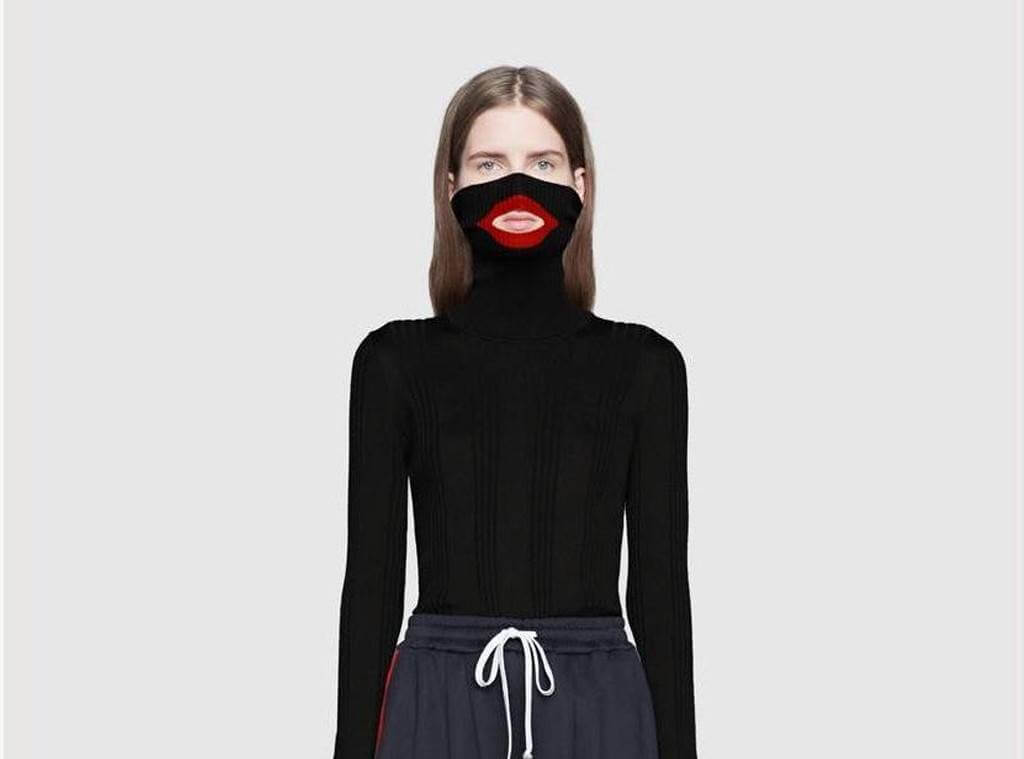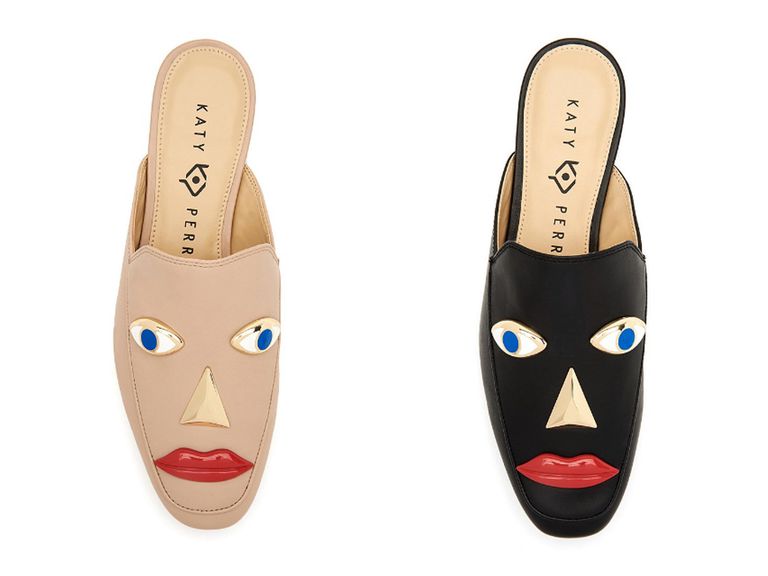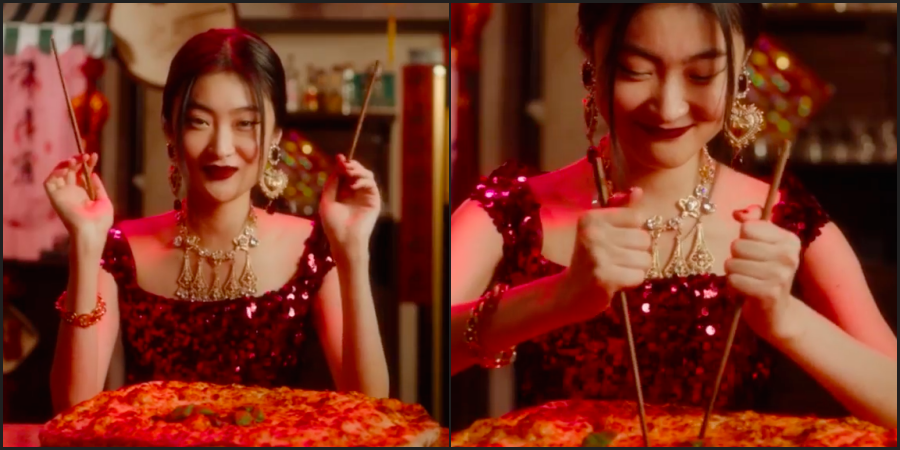From many recent controversial cases, the fashion village has the opportunity to seriously consider "cultural appropriation" in the fashion industry.
Behind the glamor, the world fashion industry always has many controversial stories surrounding cultural issues. At the beginning of February 2019, Gucci became a "critical point" when revealing the image of sweater design that was slightly racist. The Italian house quickly apologized and removed the product from the entire retail system.

(Photo: E!)
Less than 1 week later, singer Katy Perry and the shoe line of the same name continue to follow the "crash" of Gucci when launching the simulation design of black faces (blackface imaginery). Surprisingly, the same problem happened to Prada and Forever21 not long ago. Is this the time of booming "cultural appropriation"?

(Photo: Katyperrycollections)
From Gucci's sweater design story, "cultural appropriation" is no longer a new topic in the contemporary fashion industry. Dolce & Gabbana is probably the most "marketed" name in 2018 when continuously causing racist scandals and facing the risk of "losing" in the Chinese market.

After the promotional campaign in late 2018, the Italian brand fell into a "boycott" situation in a billion-dollar country. (Photo: Bussiness Insider)
Victoria's Secret has many times encountered opposition from public opinion when letting angels stride in intimate designs "inspired by culture but vulgar". The culmination is the 2016 show with the Dragon-shaped lingerie set shown by Elsa Hosk.
There is no fixed reference formula for limiting this issue when "cultural appropriation" is a complicated story. Most brands and retail groups develop a separate division that addresses the claims of "cultural appropriation." This is to avoid the media crisis leading to a decline in sales, profits and potential customers.
Turban scarves in Gucci's Autumn - Winter 2018 collection have been controversial. (Photo: Fashionista)
The core of the problem lies in the sensitivity of brands when approaching cultural, religious and racial differences. To avoid excessive exploitation of cultural materials, brands need to respect the integrity of that value even if they are used outside the inherent historical context.
It is impossible to blame consumers when they speak out to point out the instability in how to exploit the cultural materials of brands. In particular, through social networking, consumers can indirectly influence business thinking as well as binding on the responsibility of brands.
Under the pressure of the social network flow, the brands put themselves "hard" to follow the "instant" trends that accidentally forgot the sensitivity needed when discussing culture. However, this consequence cannot be used to justify ignorance.

Social networks play an important role in the fashion industry. (Photo: unsplash)
Consumers are not entirely "innocent". Looking at photos at Coachella music festivals and Bonnaroo, we will see culture being exploited in a "blameless" way. Brands may become the focus of criticism for "cultural appropriations" collections, but consumers still buy these designs regardless of what they said on social networks before.
Culture is not an artifact for "distilling" or "framing" in a glass case. However, with the rapid movement of the fashion industry, brands should change their business thinking to be viewed by the public with a more sympathetic view of borrowing from cultural inspiration.
elle.vn